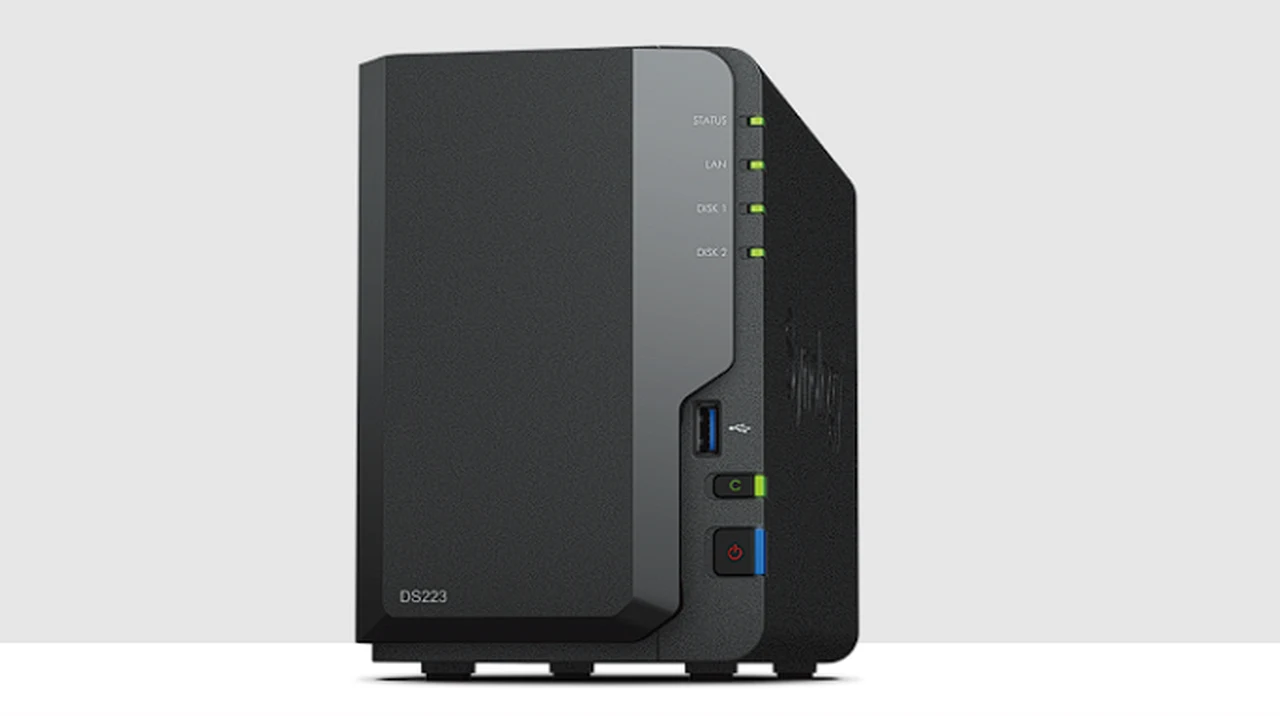If you are already accessing your files and documents from any corner of the globe, as if you were sitting right in your office, directly from your Synology Network Attached Storage (NAS). But feel you could do with a little extra speed when transferring files, documents and photographs. you will be pleased to know that NAS expert SpaceRex has created a comprehensive tutorial on how you can speed up your remote connections to your Synology NAS.
Slow speeds and unreliable connections can turn remote access into a frustrating experience. This guide is here to help you overcome these obstacles and make the most of your Synology NAS, without having to invest in expensive hardware upgrades. When you connect to your Synology NAS from outside your local network, you’re stepping into a world of convenience. But it’s not without its trade-offs. You might think that the answer lies in faster networking hardware, like a shiny new 10 GbE setup. However, that’s not always the case. More often than not, the real culprits are the software configurations and settings that need a bit of tweaking.
Let’s start with Synology’s Quick Connect feature. It’s a handy tool that makes remote access a breeze by cutting out the need for complex network configurations. But there’s a catch. Quick Connect can slow you down by routing your data through relay servers that might not have the bandwidth you need. If you’re after speed, you might want to try direct access methods such as port forwarding. This involves a little bit of work with your router settings, but it can make a world of difference by eliminating unnecessary detours in your data’s journey.
Increase the speed of your remote NAS connections
Here are some other articles you may find of interest on the subject of NAS
Now, consider your internet connection’s upload speed. It’s often the bottleneck for remote file transfers, especially if you’re dealing with large files. The solution? You could use cloud sync services like Google Drive or Dropbox. They’re built to move files quickly, thanks to their optimized infrastructure.
Distance can be a problem too. The further you are from your NAS, the longer it takes for data to travel back and forth, a problem known as latency. To cut down on this delay, you might explore options like Virtual Private Networks (VPNs) or services like Tailscale. They can provide secure connections that are often faster. Cloudflare tunnels are another innovative option that can sidestep the need for traditional port forwarding and potentially speed things up.
For those stuck with carrier-grade Network Address Translation (NAT), which is common in residential internet setups, you might need to dive into advanced port forwarding or bridge mode. These methods can be complex, but they’re essential for a stable and quick remote connection.
Remote desktop applications offer a different solution. Instead of transferring files, you can control your office computer from afar. This way, you don’t have to worry about slow upload speeds because you’re not moving files around—you’re just working on them remotely.
Another feature to consider is the Synology Drive’s synchronization capability. It lets you keep local copies of your files on remote computers, syncing them in the background. This means you can work with files stored locally, reducing the impact of latency.
Enhancing your remote access experience with a Synology NAS isn’t about throwing money at new hardware. It’s about making smart choices with your software and network setup. By addressing issues like Quick Connect limitations, internet speed constraints, and latency, and by using tools like port forwarding, VPNs, Cloudflare tunnels, cloud syncing, and remote desktop software, you can create a smoother and more reliable remote connection.
Remember, while you might fix local network issues with a few simple changes, remote access challenges need a well-thought-out strategy. This ensures you have uninterrupted access to your data, wherever you may be. With the right approach, your Synology NAS can become the powerful, accessible tool it’s meant to be, keeping you connected to your digital world at all times.
Filed Under: Guides, Top News
Latest aboutworldnews Deals
Disclosure: Some of our articles include affiliate links. If you buy something through one of these links, aboutworldnews may earn an affiliate commission. Learn about our Disclosure Policy.







